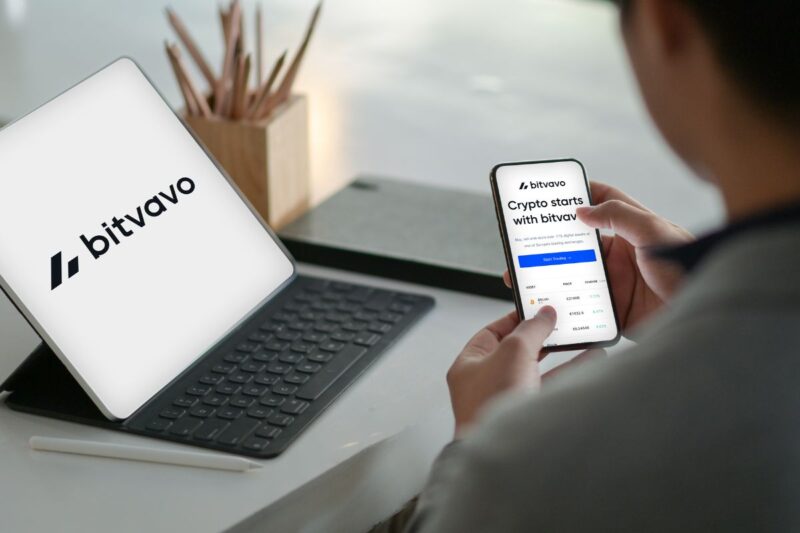

Bitcoin Halving: What is it and what does it do?
In the world of Bitcoin, halving is an automated event by which mining rewards are cut in half. During the lead-up and post-halving periods, one can expect a higher level of uncertainty and fluctuations in the price of this cryptocurrency. It is therefore important to know how it works and when the next one will take place.
The halving process is essential to regulate bitcoin production within the Bitcoin ecosystem. Unlike fiat currencies issued by central banks, the issuance of cryptocurrencies is usually done on a regular and scheduled basis as specified by the protocol of each one. Bitcoin limits its money supply to avoid the inflationary nature of traditional currencies and some cryptocurrencies.
In the same way that scarcity favours the appreciation of gold, one of the founding pillars of Bitcoin was to ensure that this digital asset has a limited issuance and that it maintains or increases its value over time, regardless of the temporary fluctuations associated with the intrinsic volatility that characterises cryptocurrencies.
Currently, there are more than 19.5 million bitcoins in circulation, so there are still 1.5 million bitcoins to be mined before reaching the self-imposed issuance limit of 21 million BTC in 2140, after which no new bitcoins can be mined. To avoid reaching this issuance limit too quickly, every 4 years the reward miners get for each block generated is halved, ensuring that the issuance of the last bitcoin lasts until 2140
Bitcoin halving history
The first halving took place on 28 November 2012, when the price of bitcoin was around $12, and only a year later it was trading at $1,000. The second one took place in 2016 and in one year its price rose from $670 to $2,550. 2020 saw the third and, for now, final halving, which was followed by a historic price rise from $8,780 to $69,000 in 2021.
As we can observe, during previous halvings bitcoin experienced triple-digit price rises to new highs in the following 12–18 months, even though, right after these processes, there was a one-off loss of value and, in the last case, it had a noticeable downward trend after reaching an all-time price record.
On the other hand, the pre-halving growth rate went from 531% to 277% and 181% respectively. Still, it should be noted that bitcoin’s first three halvings coincided with a period of global economic and financial boom, which fuelled the demand for cryptocurrencies because there was plenty of money available.
Next halving in May 2024
First, it is important to keep in mind that historical patterns do not guarantee future results and that the cryptocurrency market is highly volatile. The current economic backdrop is very different from that during previous halvings, so it is difficult to predict how bitcoin will perform before and after the next halving.
That said, factors such as inflation and economic uncertainty may influence investors’ decision to allocate funds to bitcoin as a hedge against traditional financial instruments. This increased demand would cause its price to rise, in the same way that physical gold does in times of crisis because it is considered a safe-haven asset for diversifying your investments.
Some financial analysts believe that the price of bitcoin could reach $100,000 by the end of 2024, or even before halving. Geoff Kendrick, head of digital asset research at Standard Chartered, stated “While there continue to be sources of uncertainty, we believe the path to $100,000 is becoming increasingly clear”. These exorbitant valuations, rightly or wrongly, have become a tradition before all halving processes.
11Onze Recommends Bitvavo, cryptocurrency trading made easy, safe and at a good value.
Leave a Reply
You must be logged in to post a comment.





Molt bon article!!!
Celebrem que t’hagi agradat, Manel!!!
Bon article, es bò introduir aquest tema a tots els usuaris que siguin o no de la plaça per entendre com es mourà el diner en el futur. No deixeu d’exposar temes com aquest.
Moltes gràcies per les teves paraules i per donar-nos la teva opinió al respecte, Cristian.
gràciess
Gràcies a tu, Joan!!!